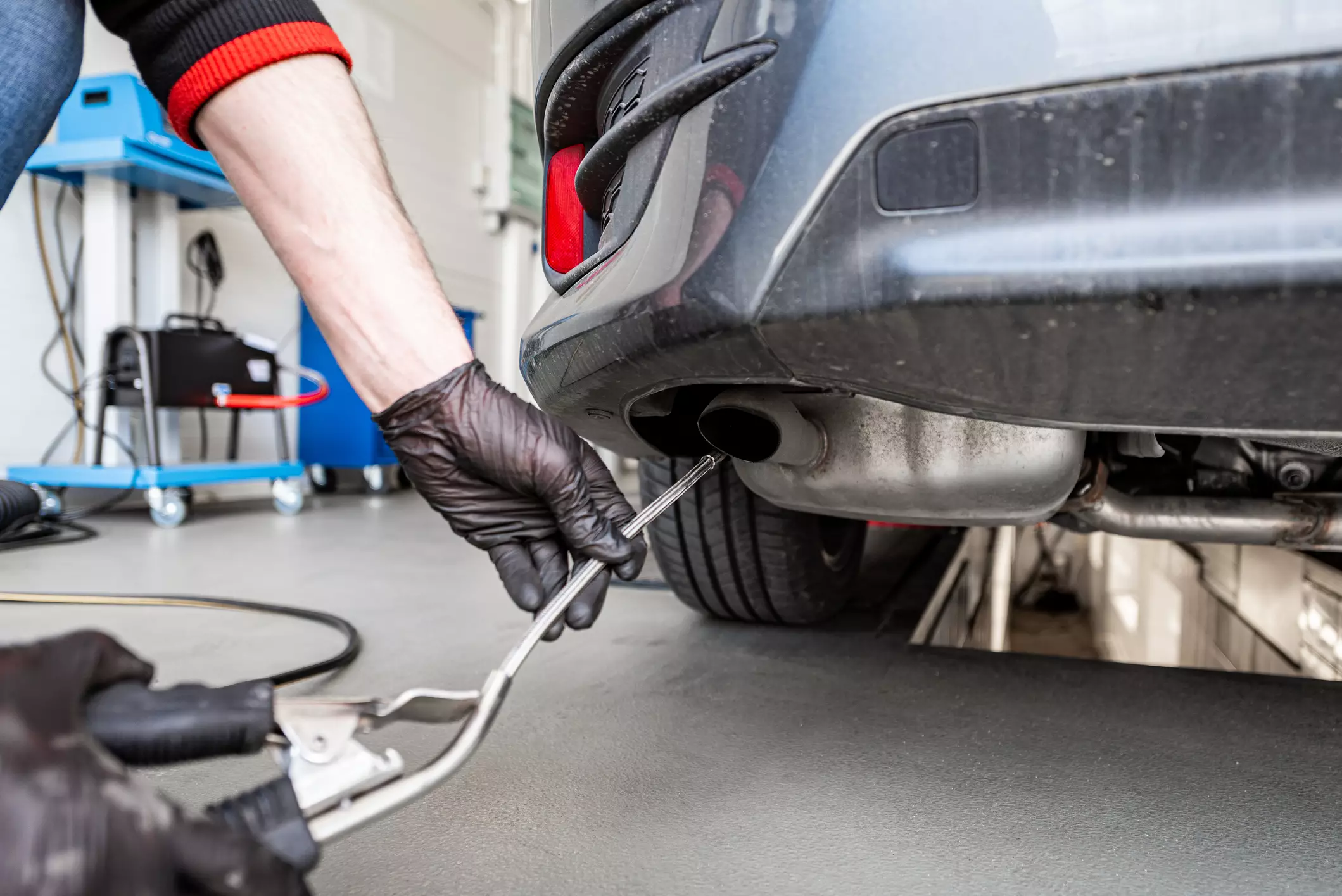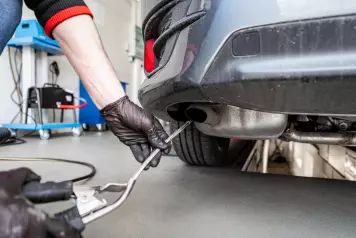Many drivers frequently see the gas light indicator. Understanding your vehicle's fuel warning system is crucial for safe driving. Knowing how far you can drive when the low gas light comes on helps you avoid running out of gas and plan your refuels effectively.
Did you know the average car in the United States has a gas tank that holds about 12 to 15 gallons of fuel? Additionally, Americans consume over 900 million gallons of gasoline daily.
You can drive more confidently by knowing how much gas you have left when the gas light comes on. Let's explore what happens when your gas light comes on and how to handle it.
When Does the Gas Light Come On?
The gas light indicator alerts you when you have an almost empty gas tank. Typically, this light comes on when your fuel tank is down to around 10-15% of its capacity. This gives you enough time to find a gas station and refuel before running out completely.
Different Vehicles Have Different Fuel Thresholds
The exact point at which the gas light comes on varies between vehicle makes and models. Some cars might trigger the gas light at a higher fuel level, while others may wait until you have less fuel remaining.
For example, a Ford might turn on the low gas light when approximately 50 miles worth of fuel remains. In contrast, a Toyota might trigger it with about 40 miles left in the tank.
Check Your Owner’s Manual
Since the thresholds differ, check your vehicle’s owner’s manual. The manual provides specific information about when the gas light indicator comes on for your particular model. Understanding this helps you manage your fuel better and avoid the anxiety of driving with an almost empty gas tank.
How Much Gas Do You Have When Your Gas Light Comes On?
When the low gas light comes on, you have limited fuel left in your tank. Most vehicles have about one to two gallons of fuel when the gas light is triggered. This small reserve is designed to give you enough time to reach a gas station.
Common Vehicle Models
Different car models have different amounts of fuel left when the gas light comes on. For example, a Honda Civic typically has about 1.9 gallons of fuel remaining. In contrast, a Ford Fusion usually has around 1.5 gallons left when the low gas light illuminates. These differences mean you should know your specific car's fuel reserve to avoid being caught off guard and driving on a gas tank on E for too long.
Understanding Your Fuel Reserve
Knowing how much fuel you have left when the gas light comes on helps you gauge how many miles you can drive on empty. This understanding can prevent you from running out of gas in inconvenient or dangerous locations. Check your vehicle’s owner’s manual for exact information about the fuel reserve for your car model.
How Many Miles Can You Drive On Empty

When your gas tank is on E, you might wonder how many miles you can drive on empty. Several factors affect this, including your driving habits, the type of vehicle, and road conditions.
Typical Mileage Range
Most vehicles can drive between 30 to 50 miles after the low gas light comes on. For example, compact cars like the Honda Civic often range 30 to 40 miles. SUVs like the Ford Explorer might drive about 35 to 45 miles. Larger trucks, like the Ford F-150, can sometimes manage up 35 to 80 miles on with illuminating fuel light.
Factors Affecting Mileage
The actual distance you can drive depends on various factors. Driving habits play a significant role; aggressive driving and heavy acceleration can reduce your mileage. Additionally, driving conditions such as traffic, road type, and weather can impact how far you can go on a gas tank on E.
Tips for Maximizing Mileage
To maximize the number of miles you can drive on empty, consider the following tips:
- Maintain a steady speed: Avoid rapid acceleration and hard braking.
- Minimize the use of air conditioning: Using A/C can decrease fuel efficiency.
- Lighten your load: Remove unnecessary items from your car to reduce weight.
- Backup solution: Always have access to car transport services for long-distance travel to save on fuel and reduce wear on your vehicle.
Risks Of Driving With An Almost Empty Gas Tank
Driving with an almost empty gas tank can lead to several risks. Understanding these dangers is important to maintain your vehicle's health and avoid unexpected breakdowns.
Damage to the Fuel Pump
One of the main risks of driving with a gas tank on E is potential damage to the fuel pump. The fuel pump relies on gasoline for cooling and lubrication. When you drive with a low gas light on, the fuel pump may overheat, leading to premature wear or failure. This can result in costly repairs and leave you stranded.
Debris in the Fuel Tank
Another risk is that debris and sediment at the bottom of the tank can be drawn into the fuel system. Over time, particles accumulate in the tank, and when your gas level is low, the fuel pump may pick up these contaminants. This can clog fuel injectors and filters, affecting engine performance and efficiency.
Risk of Being Stranded
Driving on an almost empty gas tank increases the risk of being stranded. Running out of gas in a remote area or during bad weather can be dangerous. Refuel promptly when your low gas light comes on to avoid these situations.
Understanding your gas light indicator is crucial for safe driving. The gas light typically comes on when your fuel tank is down to 10-15% capacity, leaving you with about 1 to 2 gallons. Most vehicles can drive between 30 to 50 miles on empty, but it's best to refuel promptly. Driving with a gas tank on E can damage your fuel pump and leave you stranded. Keep an eye on your fuel gauge, plan refuels ahead, and avoid driving with a gas tank on E to ensure a smooth and stress-free driving experience.








![Best Sites to Check a Car’s History [2025 Review]](https://media.infopay.net/thumbnails/K8lMeG2QLjE46LPqZlmoi6SunKKdT5qvlaRZk6e1.webp)










![Best Sites to Check a Car’s History [2025 Review]](https://media.infopay.net/thumbnails/K8lMeG2QLjE46LPqZlmoi6SunKKdT5qvlaRZk6e1-w356.webp)
